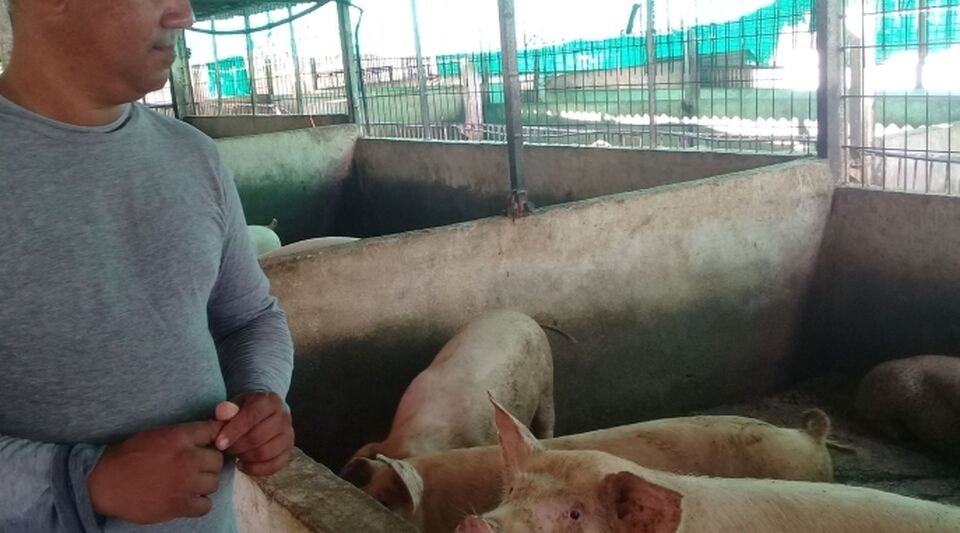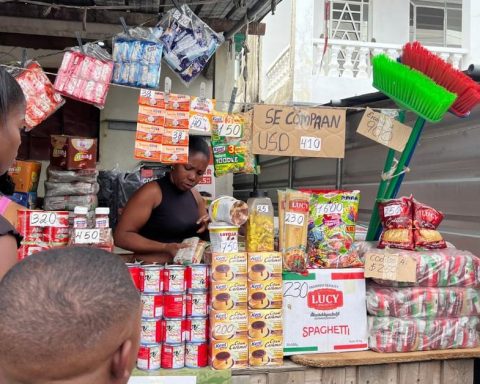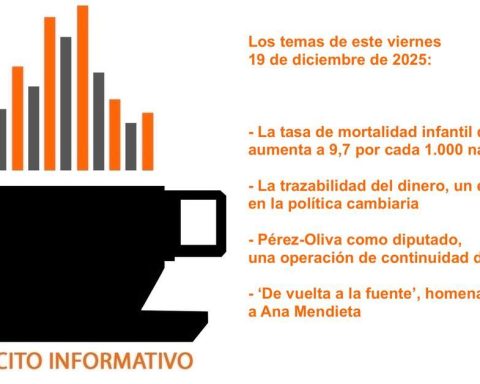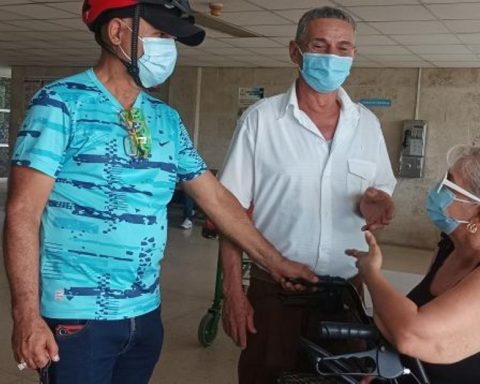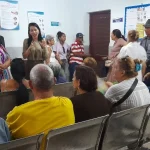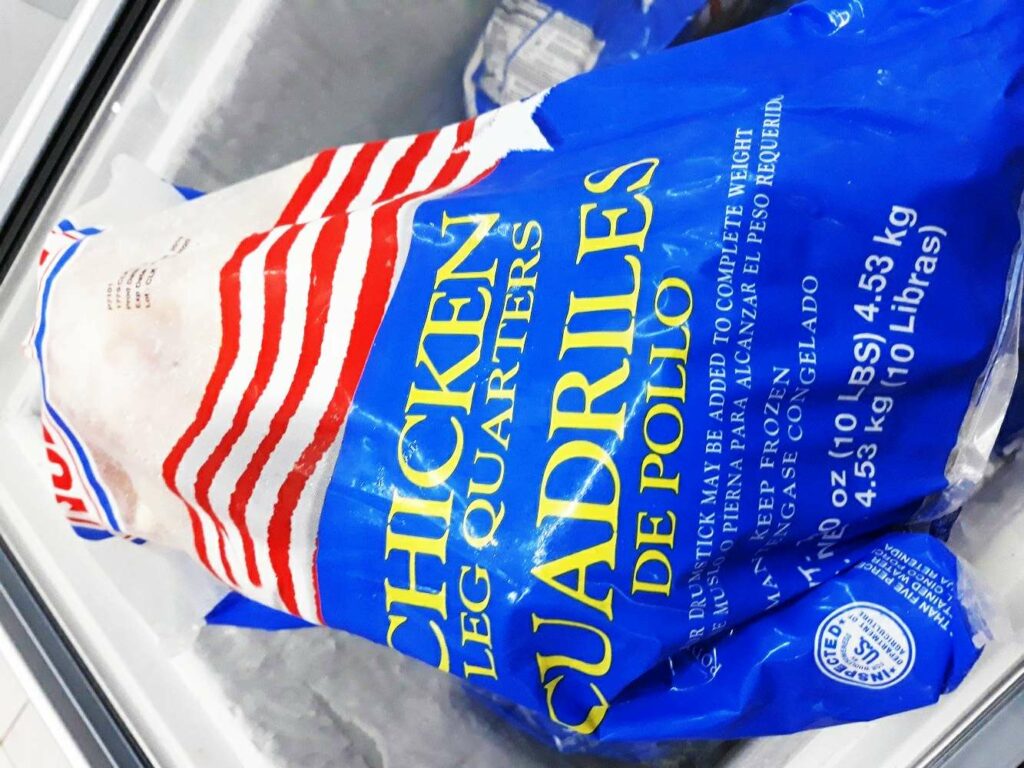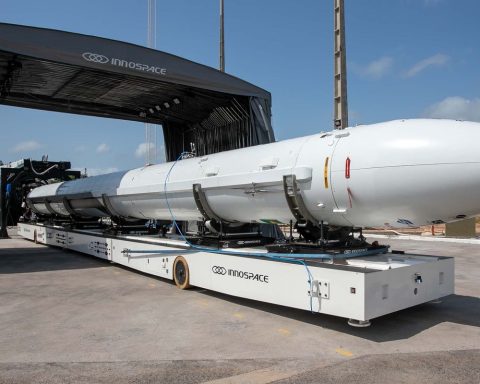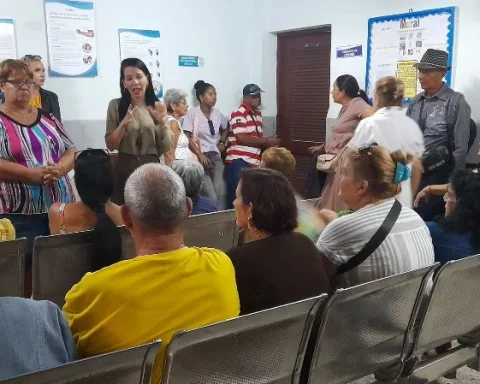Pork production in Sancti Spíritus will be around 1,500 tons this year, the same figure that was obtained in a single month in 2018. That year, the province exceeded 17,000 tons, while in 2021 it was barely 4,000 than today they seem even enviable. Between January and September 2022, only 600 tons have been produced and the forecasts may not even be reached. Spiritus producers are clear about it. “It will take years to reach the production we had before, how many? I don’t know.”
A report published this Monday in the provincial newspaper addresses the situation of pork, a product that has gone from being the Dow Jones index of the Cuban domestic economy to being present only on the tables of the luckiest. This food has disappeared from state markets and, when it is found in private ones, its price is heart-stopping.
Although he warns that there is no room for “a hint of triumphalism”, Escambray congratulates the provincial authorities for being the province that has managed to have the largest mass in the country –4,599 breeders up to September– and now being able to reactivate fattening for the State.
The general director of the Espirituana Pork Company, Rolando Pérez Sorí, explains that since April the agreements with the producers, who contributed more than 90% of the meat, are being rescued, “based on the entry of a level of imported starter feed , which was sold to the producers in foreign currency. Later it has been with national productions and a balanced feed; the daily conversion in the animal is lower, the fattening is delayed for a few more months, but we started to revive the fattening”, he explained.
“This year there is no plan with Commerce and Gastronomy and the order for the Meat Industry is little”
The official tries from the official press to encourage producers to give the meat to the State through the receba, which they offer for 600 or 800 pesos, depending on the kilos of the animal, when in the informal market “it hardly exists, and when comes out at a price of no less than 4,000 pesos”. In addition, Pérez assures, the initial feed is guaranteed at this stage of rearing and a level for fattening is guaranteed.
“The sale to the producer of starter feed in foreign currency we agreed with a return of that currency so that he can feed back and recover the investment,” he said. The official says that some meat is already being sold at 200 pesos a pound at the Spiritus Fair, although the amount of the product is still too small, through the purchase of backyard pigs “This year there is no plan with Commerce and Gastronomy and the order for the Meat Industry is little,” he adds.
Pérez believes that things are going to go very slowly and that the first thing is to solve the lack of food for the animals, although he is moderately optimistic. “There are producers who are motivated by the prices of corn and soybeans to plant them and contract delivery to the company; there is a recovery there. Not the one we want, the one the people need, but we are no longer at zero.”
In Sancti Spíritus, the authorities calculate, there are some 217 producers who meet the conditions to sign agreements with the State. Until October, only 33 had closed them and although there are already 11,900 pigs in fattening, the meat is just beginning to flow.
“Fulfilling the state order, the immediate thing would be to maintain offers at the Sunday Fair and sell some level to the population by the end of the year,” says Leonardo Hernández Aulé, head of production at the company that is dedicated to the production and marketing of this meat in the province.
A producer belonging to a cooperative, Pascual Balmaseda Escobar, who has already signed two agreements with the State, admits that many of his colleagues think he is crazy because, where before producing a ton of pork cost 20,000 pesos, now it exceeds the 120,000.
“If you want to have pigs you have to have land and sow, the food that Porcino gives does not cover all the need, at no time has it given”
He, however, points out the advantages. “If you want to have pigs, you have to have land and sow, the food that Porcino provides does not cover all the needs, it has never been enough, but it is realistic that it can be achieved. Now, if we want to produce pork intensively, it is essential to import pigs starter feed and some nutritional microelements, the rest is already produced in Cuba,” he defends.
Yurisdel Fábrega, another producer summoned to testify to the positives of working for the State, affirms that without the starter feed and the protein core, pork cannot be raised or meat produced. “When there is food there is pork (…) but without the protein we are nothing, no matter how much corn, bran or cassava you add, the pig needs that nutritional element,” he says. In his case, he started in April with 360 pigs and later expanded to 600, which are already giving meat to the province despite the fact that, he reveals, several animals have died.
Their verdict is clear: without a loan it is impossible to breed. “No more producers suddenly join because this is hard, it’s not like before, it takes a lot of money, I spend around 95,000 pesos on food every day. Today if you don’t go to the Bank for credit, you can’t, because nobody raises pigs. Here I have 6 million pesos invested to fatten the 600 pigs; previously, with a loan of half a million pesos I filled the pigsty,” he says.
Rolando Pérez Sorí also does the math. “Buying 3,000 pesos a quintal of soybeans, 2,500 that of corn, paying the producer 220,000 pesos a ton of meat, which costs about 100 pesos a live pound, while the individual pays more than 200 pesos for that pig, It is very difficult to put the state sale price below 200 pesos per pound. Real competition and an obstacle to developing state production in the midst of an adverse scenario,” he maintains, while waiting for the pork to reach the tables again. some citizens who have already lost count of the last time they tried the animal.
________________________
Collaborate with our work:
The team of 14ymedio He is committed to doing serious journalism that reflects the reality of deep Cuba. Thank you for accompanying us on this long road. We invite you to continue supporting us, but this time becoming a member of our newspaper. Together we can continue transforming journalism in Cuba.
